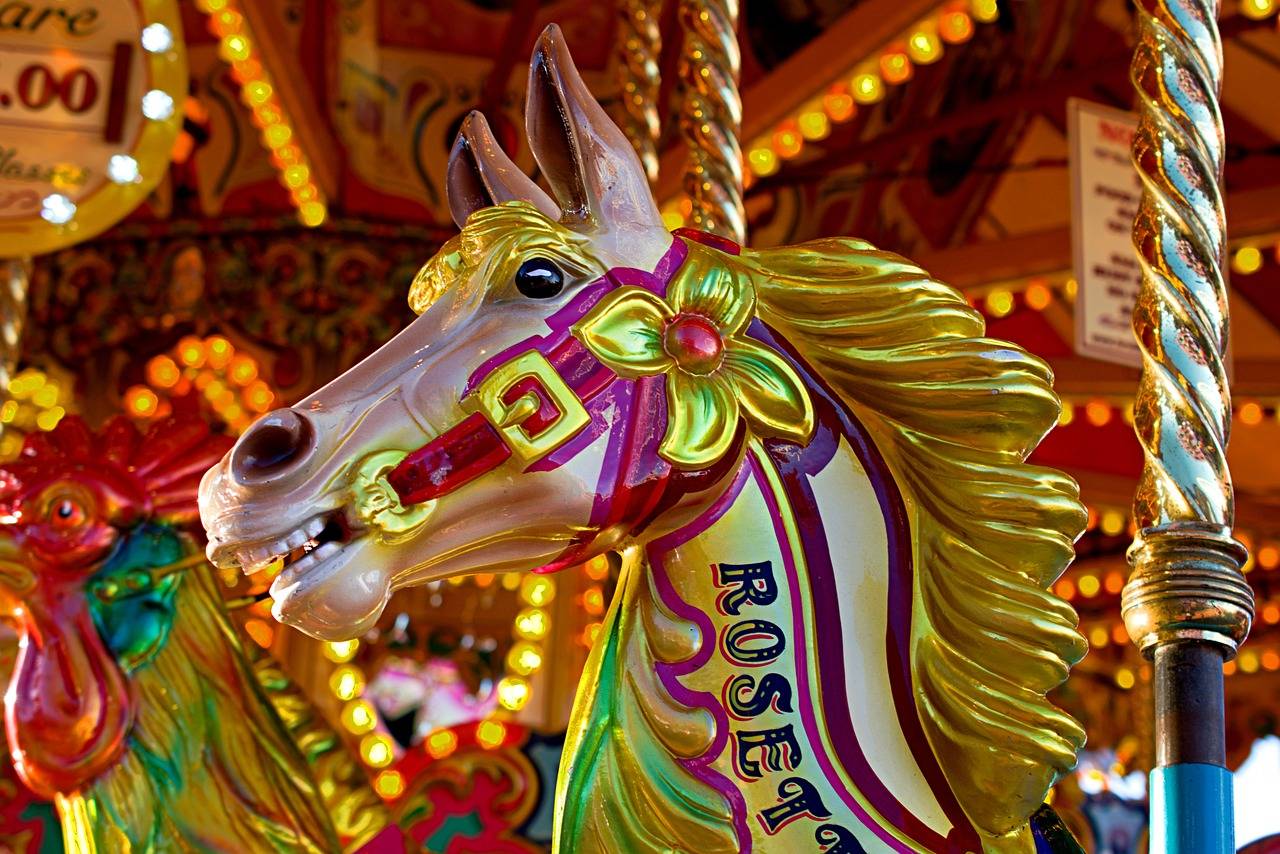Exploring the World of Experimental Theater: Avant-garde Performances and Interactive Experiences
Experimental theater emerged in the late 19th century as a response to traditional theatrical practices. It aimed to challenge conventional norms and push boundaries in terms of form, content, and presentation. Experimentation with non-linear narratives, abstract themes, and unconventional staging became common in this movement, as artists sought to break away from the confines of conventional storytelling.
One of the pioneers of experimental theater was the Moscow Art Theatre in Russia, founded by Konstantin Stanislavski and Vladimir Nemirovich-Danchenko in 1898. They revolutionized theatrical practices by focusing on naturalistic acting and emphasizing the psychological complexity of characters. Their productions, such as Anton Chekhov’s plays, were instrumental in shaping the trajectory of experimental theater worldwide.
Key Characteristics of Avant-garde Performances
Avant-garde performances are characterized by their radical departure from traditional theatrical conventions. These groundbreaking productions often challenge societal norms and push boundaries in terms of form, content, and presentation. Avant-garde artists seek to provoke thought, ignite emotions, and inspire change through their innovative and experimental approach to performance art.
One key characteristic of avant-garde performances is the fusion of different art forms and disciplines. These boundary-breaking productions often incorporate elements of visual art, music, dance, and multimedia to create a truly immersive and multi-sensory experience for the audience. By blending various art forms together, avant-garde artists are able to explore new creative possibilities and push the limits of traditional storytelling and expression.
What is the history of experimental theater?
Experimental theater, also known as avant-garde theater, dates back to the late 19th and early 20th centuries. It emerged as a reaction against traditional forms of theater and sought to push boundaries and explore new ideas.
What are some key characteristics of avant-garde performances?
Avant-garde performances often incorporate unconventional techniques, non-linear narratives, and abstract themes. They may also challenge societal norms, experiment with different forms of expression, and blur the lines between performer and audience.
Why are avant-garde performances important in the world of theater?
Avant-garde performances help to push the boundaries of what is considered possible in theater, inspiring new forms of expression and challenging audiences to think differently. They play a crucial role in driving innovation and creativity in the performing arts.





